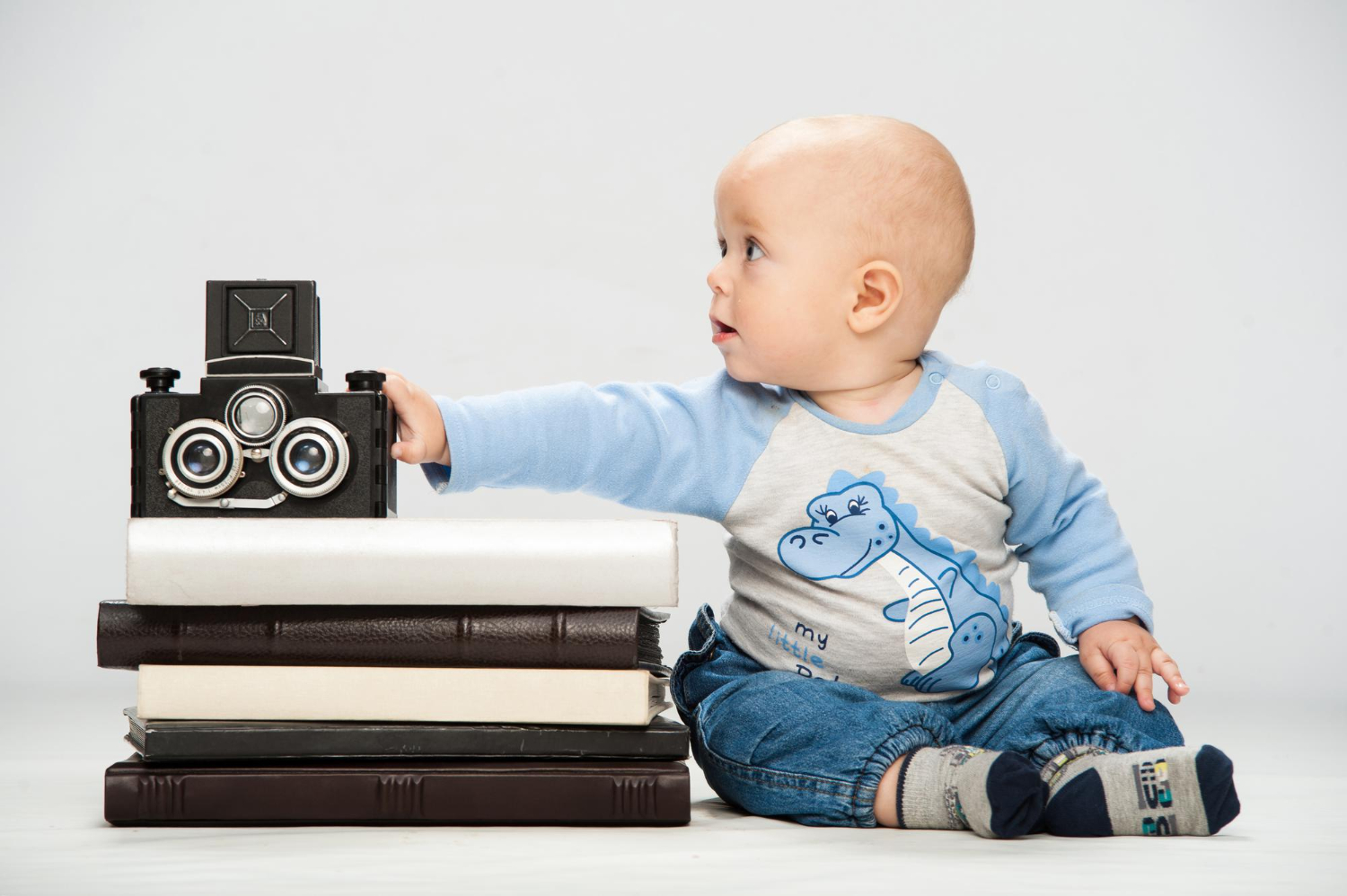The inquisitive world of a baby is nothing short of a marvel. There is nothing more exciting than witnessing the moments when our little ones eagerly explore the world around them, using their senses to soak up every detail. Among these senses, vision is undeniably one of the most crucial ones, allowing babies to visually experience and learn about their environment. By encouraging visual exploration through activities such as tummy time, we can support our babies’ visual development, building the foundation for their future learning and growth. Understanding baby’s vision development is crucial in ensuring they are on track to perceive the world with clarity. In this blog, we’ll dive into the fascinating realm of baby’s sight, discuss the stages of their vision development, and explore the role of baby’s pupils, vision chart for babies, and other crucial factors. Prepare for an adventure into the world of baby’s vision with a high degree of perplexity and burstiness.
The Birth of Baby’s Vision
As soon as a baby enters the world, their visual perception is very limited. Although they can’t see clearly yet, their eyes are designed to respond to light and movement. Baby’s pupils, which are in charge of regulating the amount of light entering the eyes, are not fully grown at birth. So, their pupils appear larger than those of adults. The little munchkins may be more sensitive to bright light.
The initial months: From blurry to focused
In the first few weeks of life, a baby’s vision is generally estimated to be around 20/400. This means that they can only see objects that are extremely close to their face. During this stage, it’s not unusual for a baby’s eyes to appear uncoordinated or to cross occasionally. As the weeks go by, their vision starts to improve, and their eyes begin to work together more efficiently.
A baby’s vision grows more focused between the ages of one and three months, and they can now distinguish objects at a distance of about thirty centimeters. This is the perfect range for admiring a parent’s face while being held or during feedings. At this stage, babies are also more responsive to high-contrast colours like black, white, and red. Providing toys and objects with bold patterns and contrasting colours can aid in stimulating a baby’s visual development.
The magical leap at 4 months
By the time a baby is 4 months old, their vision undergoes quite a significant transformation. Now, they can see more colours and are able to recognize familiar faces even from a distance. Around this time, a baby’s hand-eye coordination begins to develop. They’ll start reaching out to grasp objects, and their depth perception becomes more refined.
A vision chart for babies, such as the Teller Acuity Cards, can be used to assess their visual acuity at this stage. These cards display varying patterns and are presented to the baby one at a time. The examiner observes the baby’s response to determine the clarity of their vision.
The expansion of baby’s sight: 6 to 12 months
Between 6 and 12 months, a baby’s vision continues to improve dramatically. By this time, their visual acuity is estimated to be around 20/50 or better. The world becomes a more vivid place for the baby, as they are now able to discern a wider range of colours and can even recognize small objects from a distance.
At this stage, a baby’s hand-eye coordination and depth perception are more advanced, enabling them to engage in activities like crawling, standing, and eventually walking. These milestones are not only vital for their physical development but also contribute to the refinement of their visual skills.
The importance of regular check-ups
A baby’s vision develops rapidly in the first year of life. So, parents, make sure that you schedule regular check-ups with a pediatric ophthalmologist. These professionals can monitor the progress of the baby’s sight, evaluate their eye alignment, and ensure that both eyes are functioning together properly. Early detection of any vision problems or abnormalities can lead to prompt intervention and a higher likelihood of successful treatment.
Nurturing a baby’s vision development
Parents can play an active role in supporting a baby’s vision development by providing a stimulating environment. Here are some suggestions to nurture their visual skills:
- Offer high-contrast, visually interesting toys and objects, especially during the first few months. Mobiles, board books, and soft toys with bold patterns and contrasting colours can be highly engaging.
- Encouraging tummy time for babies: This is an essential developmental activity that helps in strengthening your little one’s neck and upper body muscles. Tummy time also helps in promoting visual exploration of their surroundings by encouraging babies to lift and turn their heads, thus building hand-eye coordination and spatial awareness.
- Play games that involve tracking objects. Activities like gently moving a toy across the baby’s field of view can help improve their eye coordination and focus.
- Provide age-appropriate challenges. As the baby grows, introduce toys and activities that promote hand-eye coordination, such as shape-sorters, stacking blocks, and puzzles.
- Maintain a safe environment. Ensure that the baby’s play area is free of sharp objects or small items that may pose a choking hazard, and protect their eyes from direct sunlight by using appropriate shades or hats when outdoors.
In conclusion
The journey of a baby’s vision development is a fascinating process that unfolds in stages, from blurry perceptions in the initial weeks to the clarity and depth of sight acquired by their first birthday. Baby’s pupils, vision charts for babies, and other tools help us monitor and understand the intricacies of this transformation. The surroundings at home should foster healthy visual growth and development.
At Eurokids, we understand the importance of these milestones in a child’s growth journey. We are with you in this journey of raising a child in a holistic manner. In fact, our curriculum is carefully curated curriculum to aid the holistic development of your child. To know more about the preschool and the curriculum, do visit your nearest Eurokids center today!















